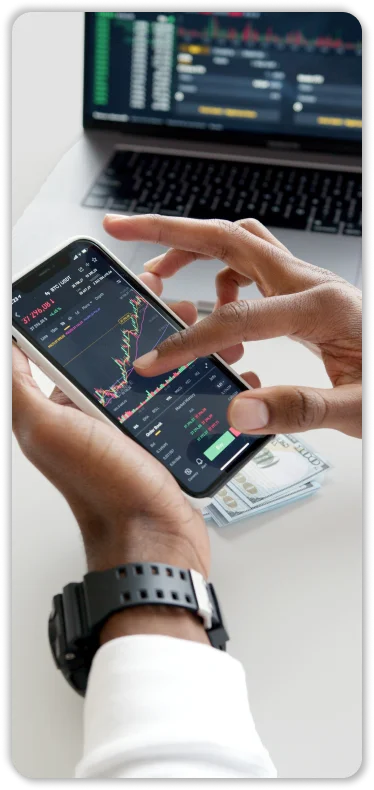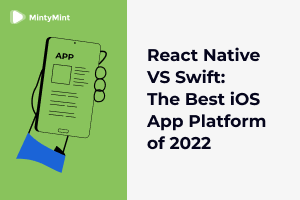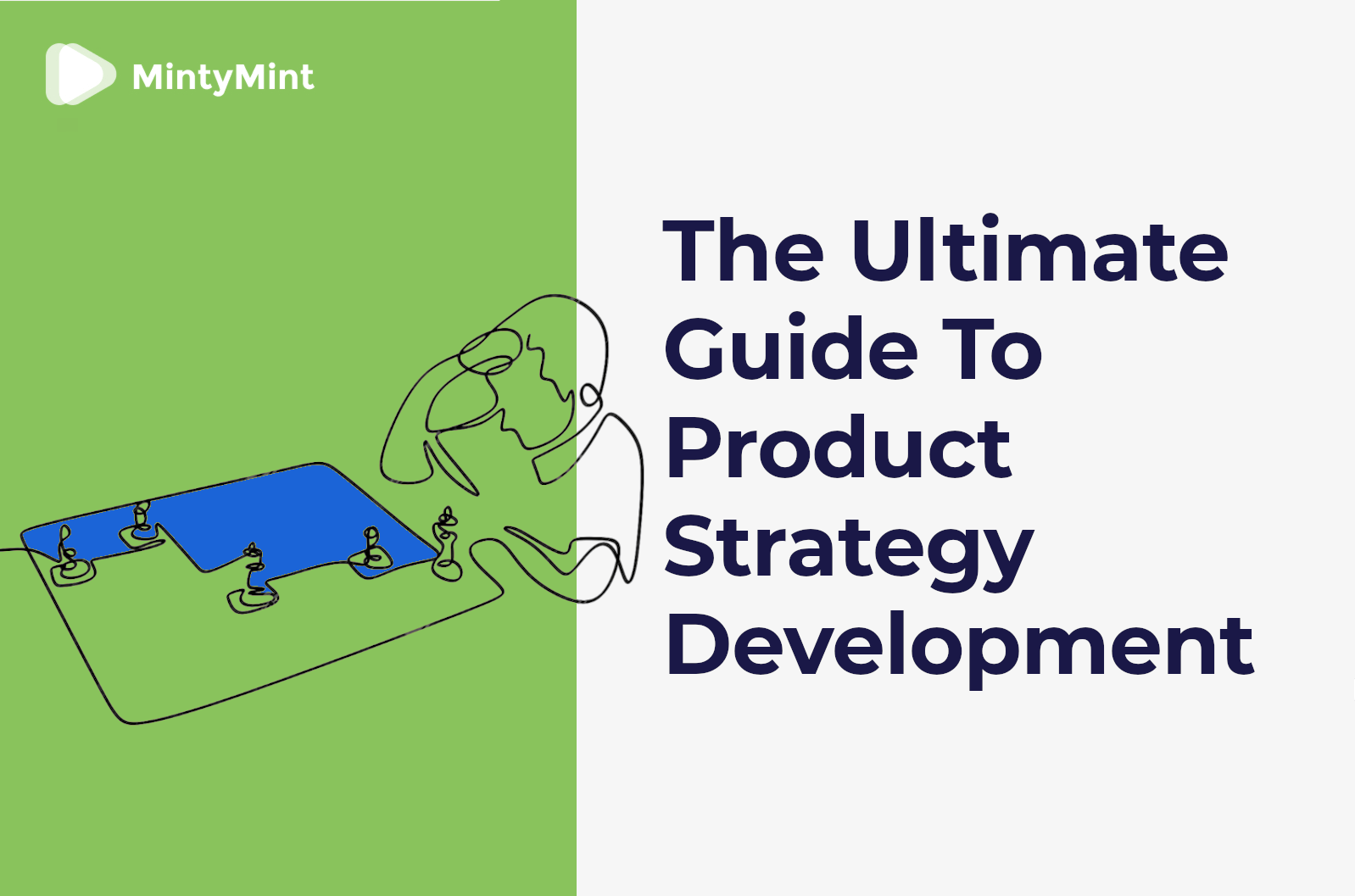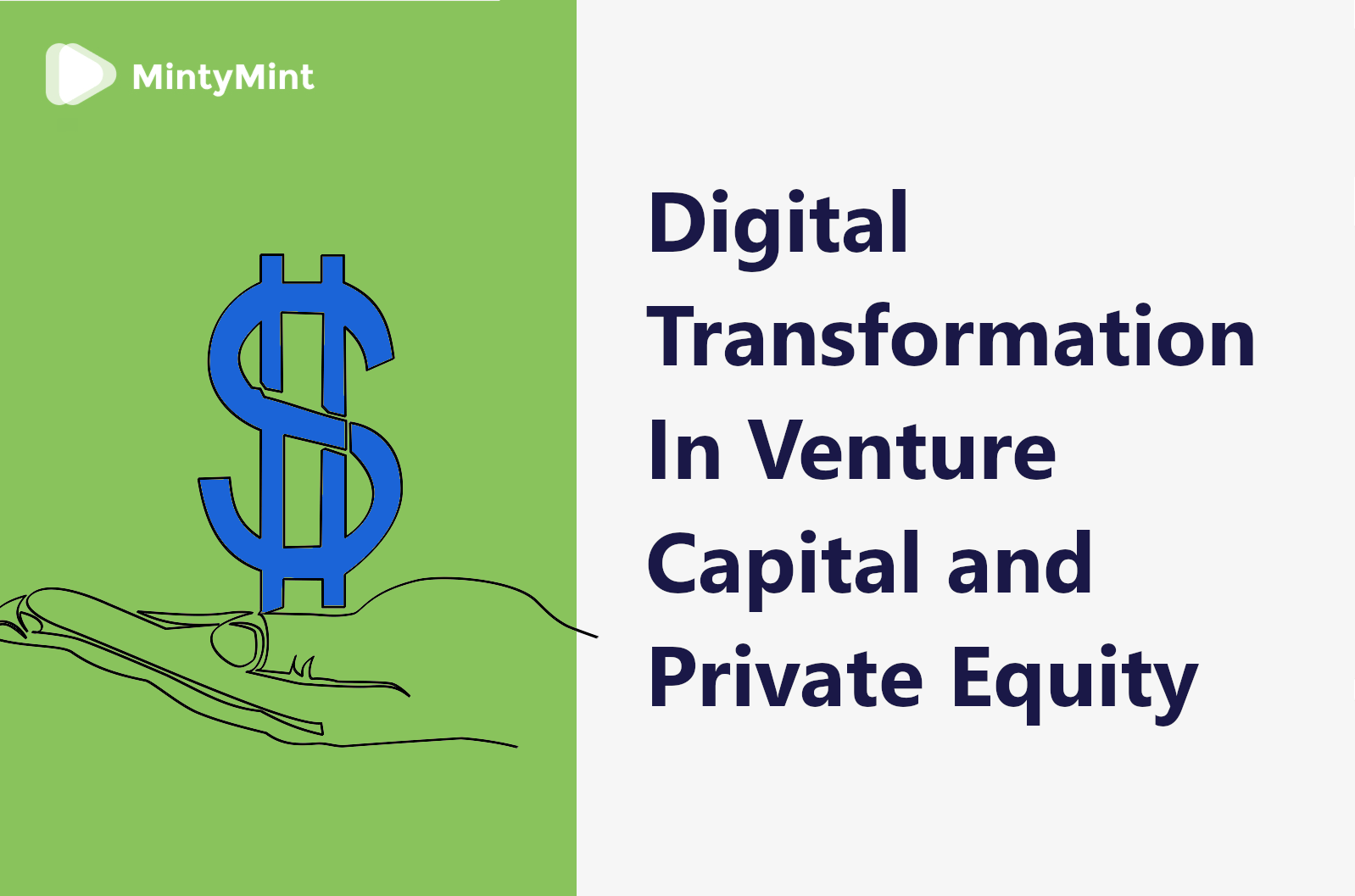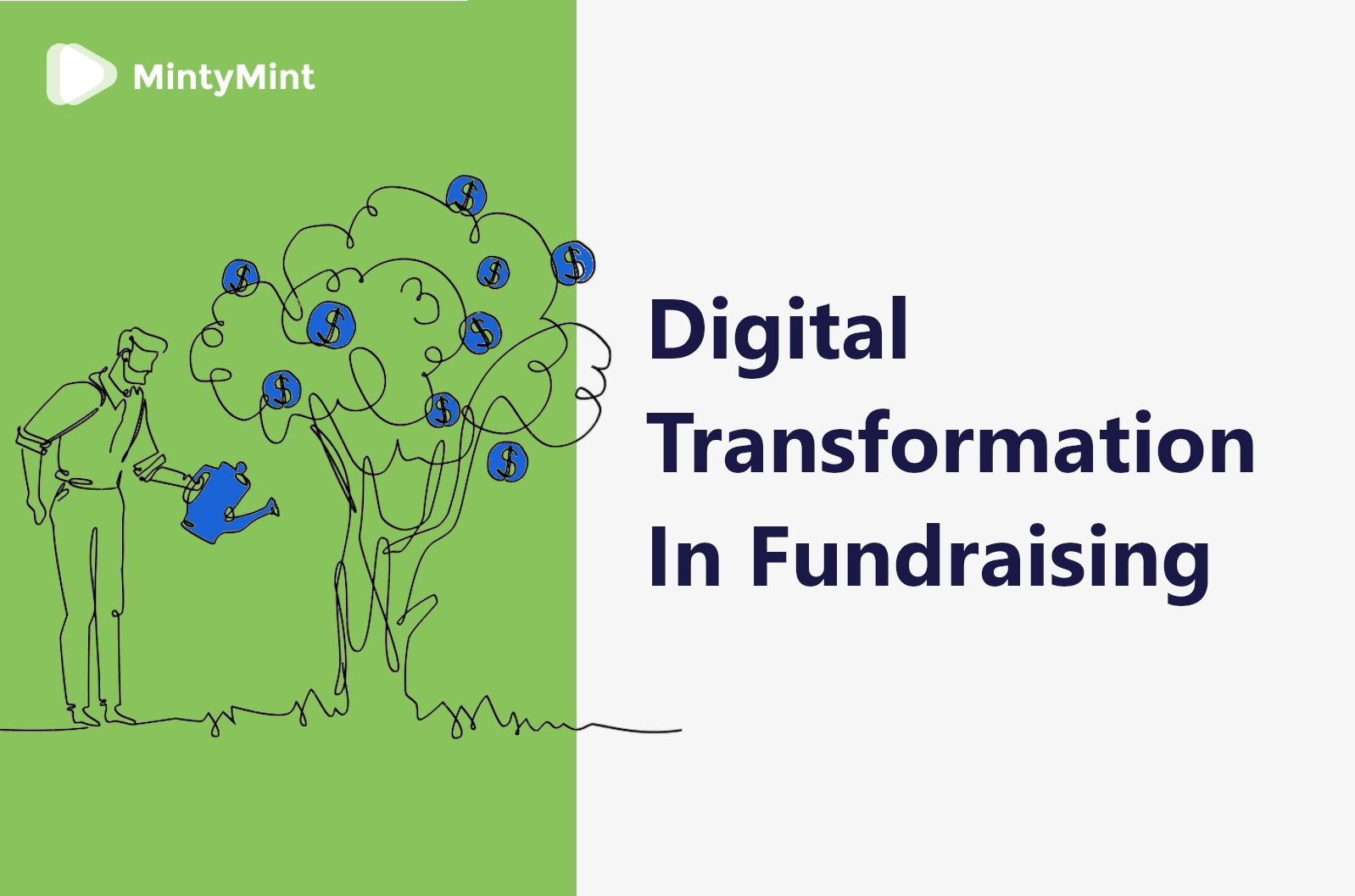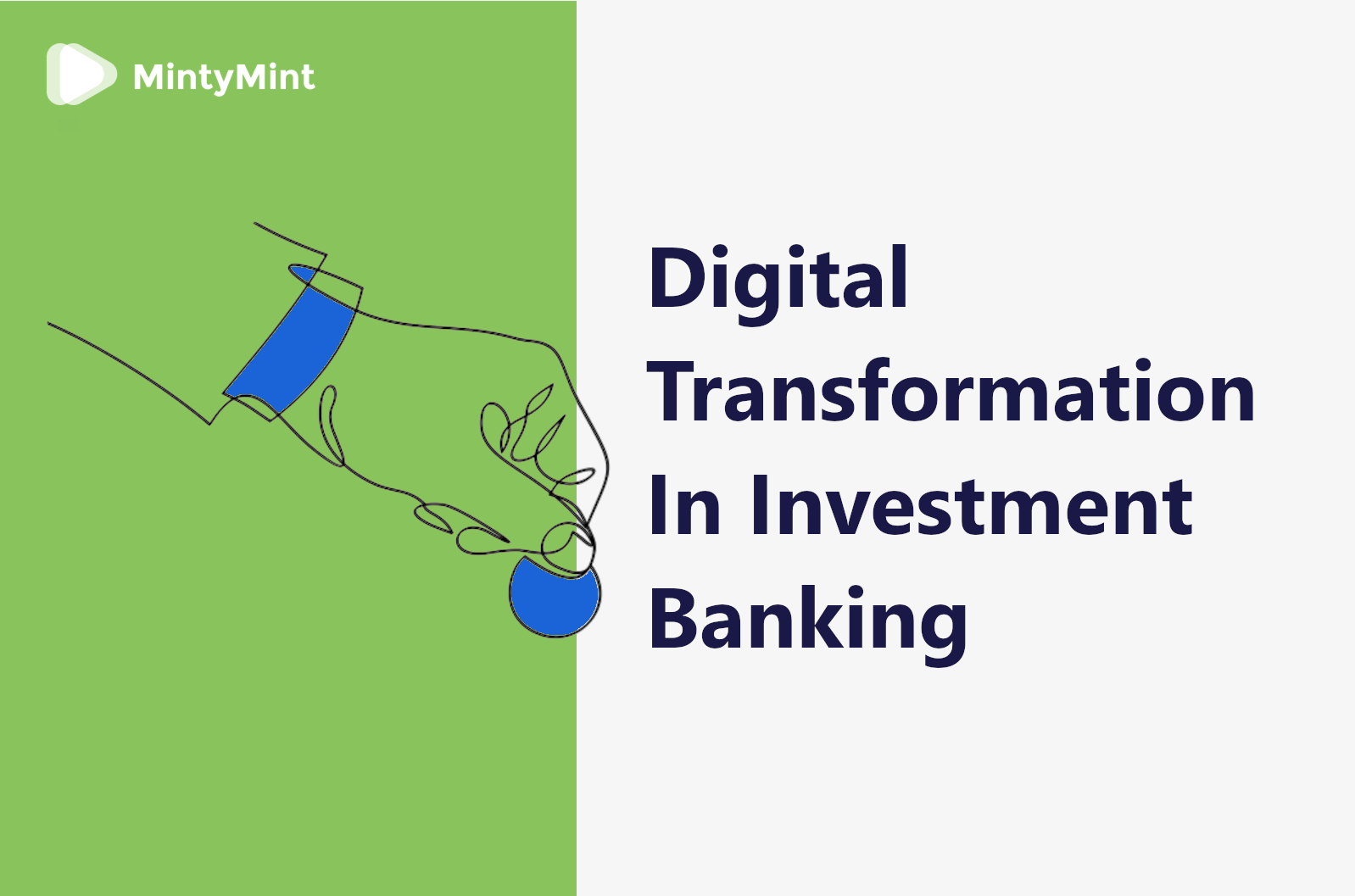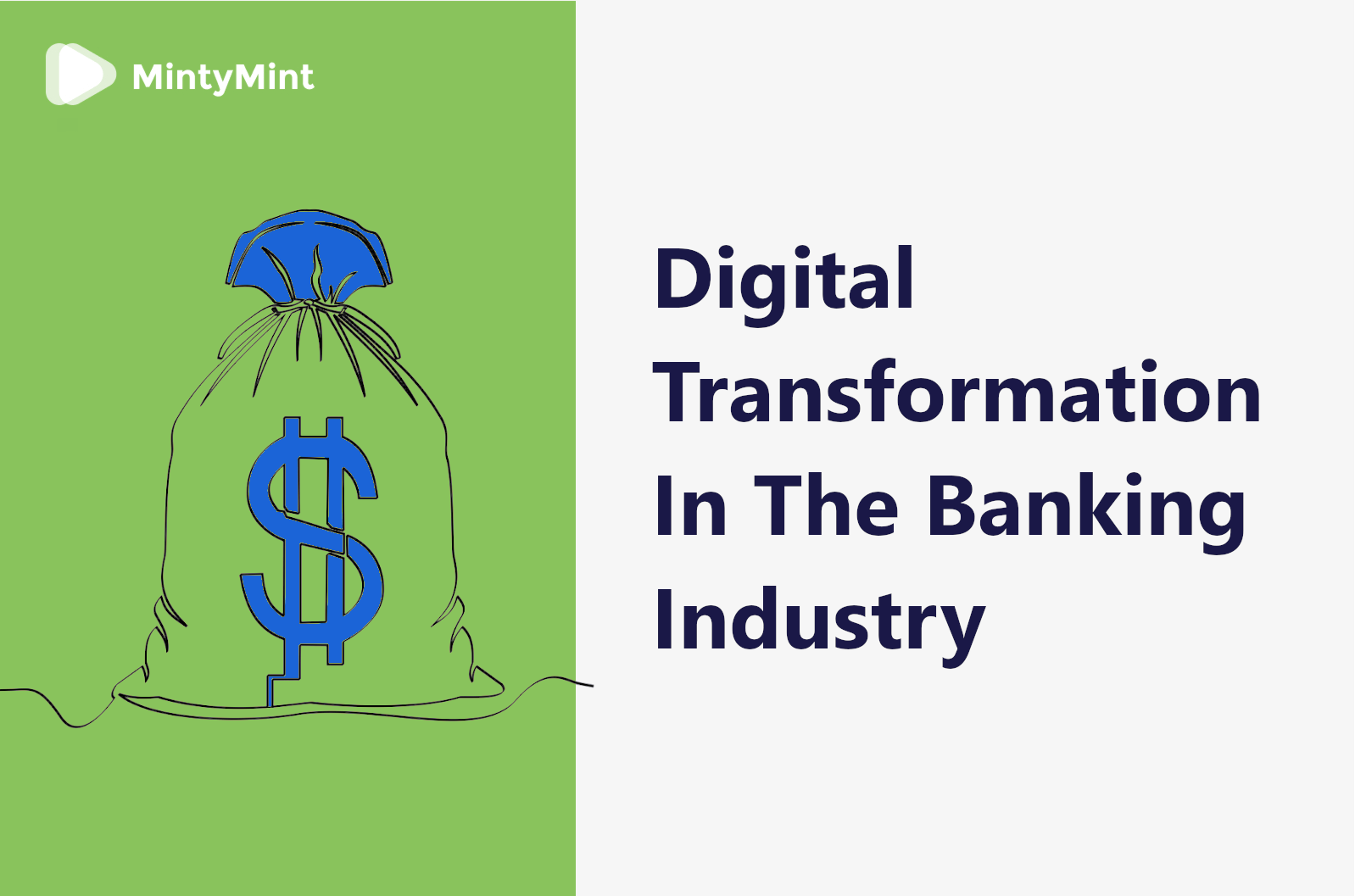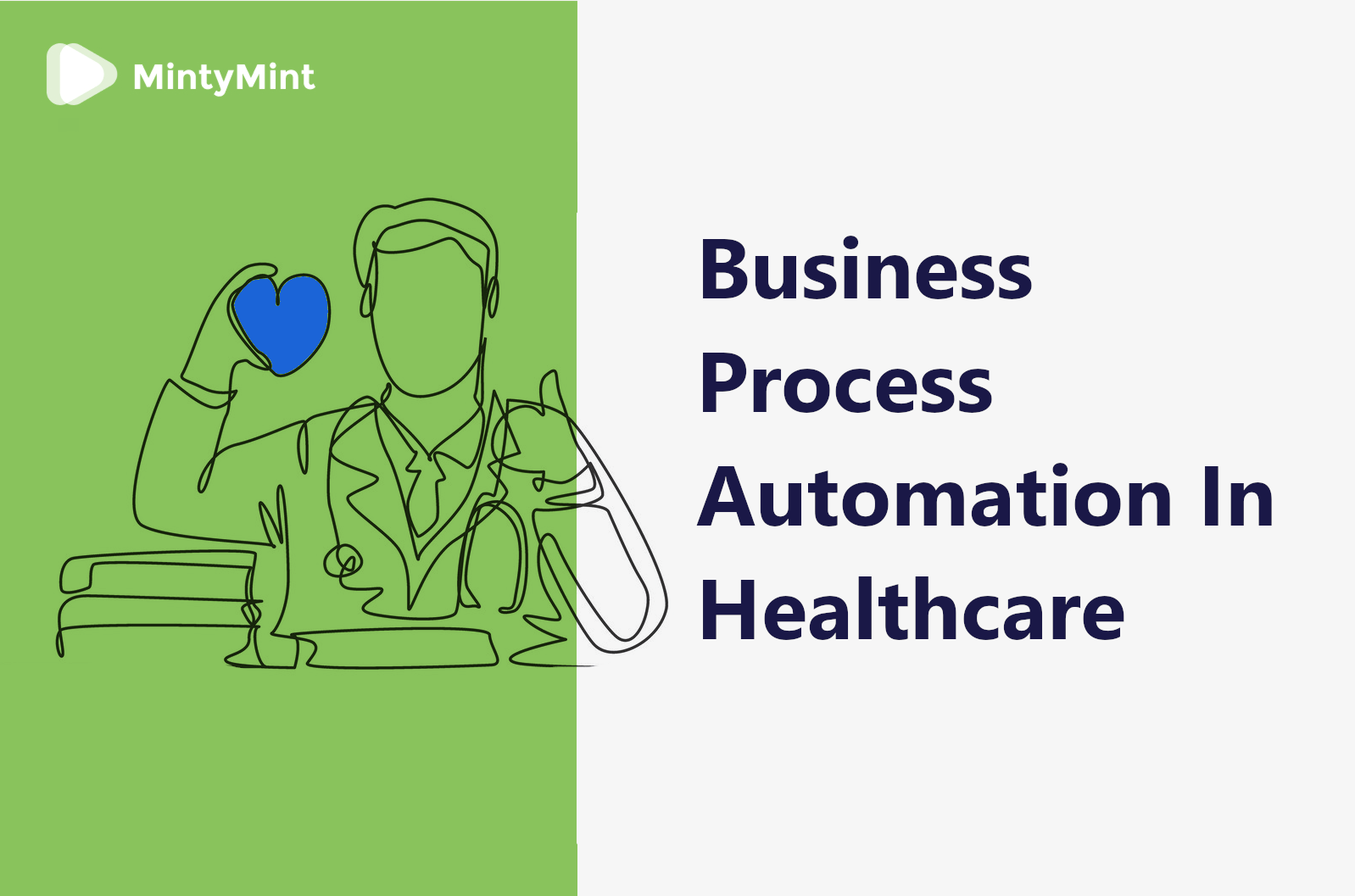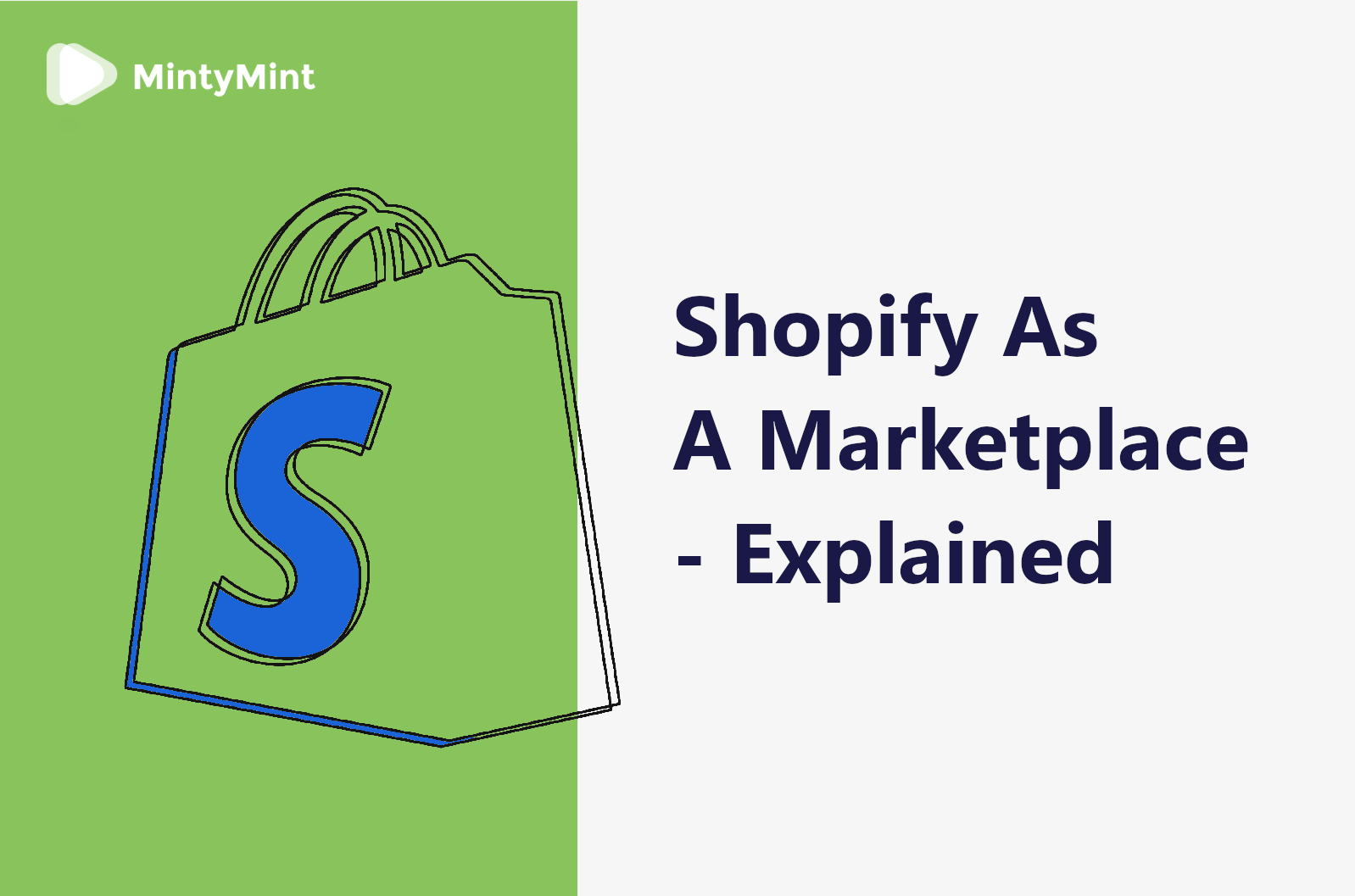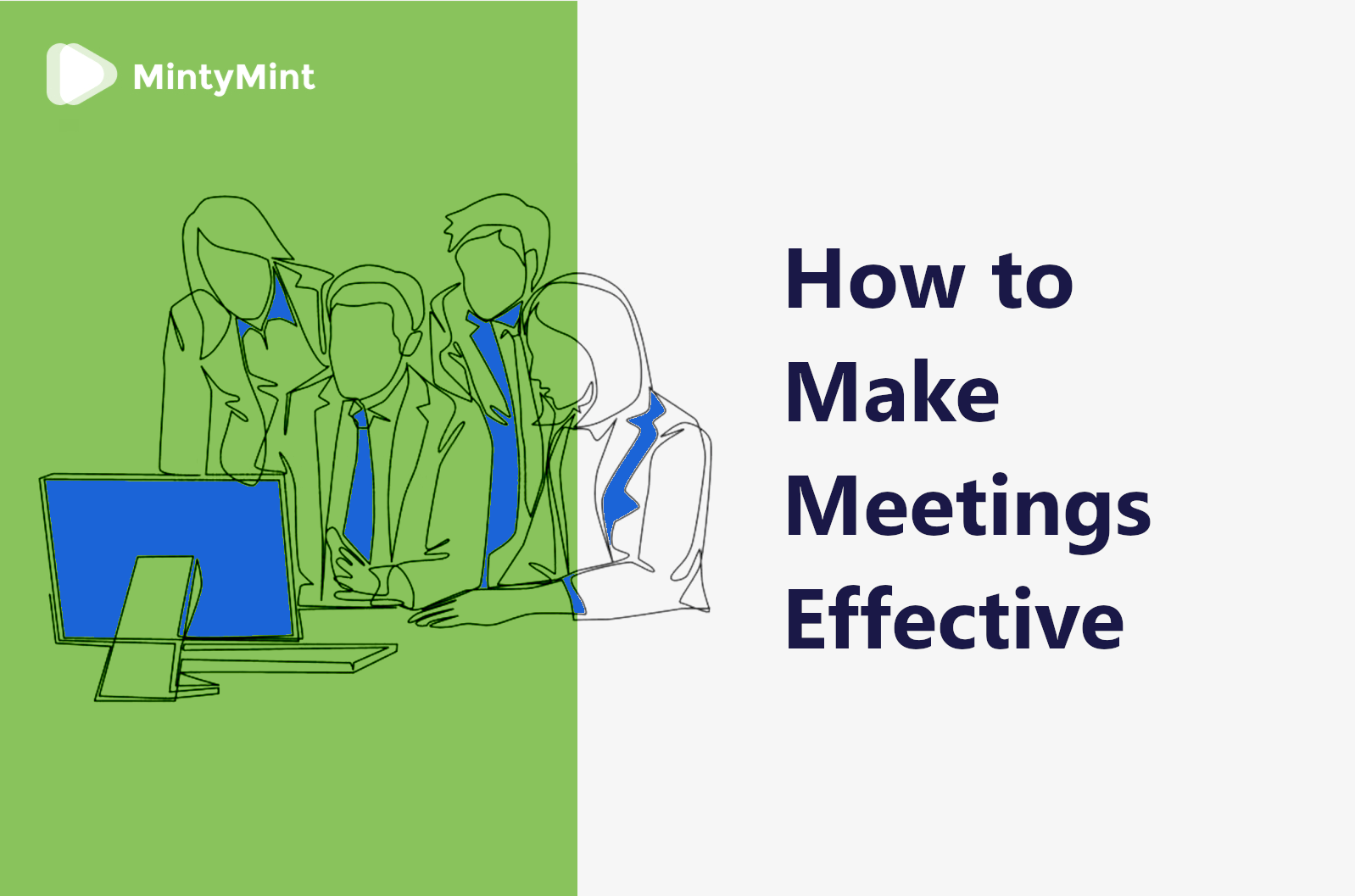They say that customer is always right.
Indeed, it doesn’t take Gary Vaynerchuk to see that every business or service revolves around the client. The stumbling stone here is guessing exactly what the customers want, and while market analysis and research can surely contribute to that, nothing paints as accurate a picture as a field study would.
Now, how do you do it without wasting a fortune on running the show? The answer is a Minimum Viable Product, or simply – an MVP.
What is it and how to make a minimum viable product your most valuable player? Read on to find out!
What is an MVP product?
Defined in The Lean Startup by Eric Ries, MVP is a functional version of a product that enables gathering maximum customer feedback with the least effort. It can be a landing page, a promotional video, or even a Kickstarter campaign.
The idea is to produce a practical learning tool that’ll help to craft the best solution for a target audience’s issue. So, instead of assembling a complex business plan and relying on expert estimates, you introduce a ready solution using the least amount of resources possible and observe the actual user behavior. The insights gathered then suggest whether you are moving in the right direction or need to change course.
MVP development process typically consists of the following stages:
- Idea
- Research
- Conceptualization
- Implementation
- Feedback
In general, it looks something like this:

Before moving on, let’s get clear with the terminology.
The word viable means capable of working successfully. This is something many entrepreneurs miss, yearning for perfection. A successful MVP resolves a key user issue and is neither fancy nor sophisticated. Moreso, it can be plain out boring (unless you’re making a game, of course), as long as it provides value.
Here’s an example:
Say, you’re making a dating app. The perfect scenario here would be a responsive multi-platform app with ratings, interest-matching algorithms, and an in-built messenger. However, the minimum value of a dating app is for a user to find a date.
In this case, a possible MVP looks like a serverless web service with profiles that include a picture, location, and an email (or a public messenger link).
MVP vs final product
A minimum viable product is very different from the final product, mainly in its goals. It’s not there to sell, but rather to test the market.
Here’s a real-life case in point everyone is familiar with:
McDonald’s founders jump-started the now-global chain of restaurants by combining two of their customers’ main values – top-demand food and low lead time. They reduced the menu to just 3 food positions (with a few choices of drinks) and managed to cut the order time down to under a minute.
Like that, their clients’ favorite meals were ready for takeaway in a blink of an eye. No friction, and ultimate efficiency.
Years later, McDonald’s menu grew back to include dozens of positions and is available in every corner of the world. But they had to strike that MVP offer first, in order to take off.

MVP benefits
Creating an MVP can help you to:
- Cut costs.
- Save the production time and resources.
- Build up an initial client base.
- Get feedback from the market.
- Collect insights on focus features.
- Attract early investments.
Doesn’t all that sound great?
Naturally, there is rarely a one-fits-all solution in the IT industry, even more so for startup MVP development. Different approaches to building a minimum viable product will fit better or worse depending on your main goals and project stage.
For that matter, MVPs are divided into low-fidelity and high-fidelity ones.
The first approach is good when you need to:
- Get to know your target audience and their issues.
- See if your product satisfies the customers.
- Evaluate the overall market demand for your offer (smoke testing).
- Find the best solution to the clients’ need.
Whereas high-fidelity MVPs are helpful to:
- Assess the optimum price for your offer.
- Get early adopters that’ll recommend your product.
- Optimize your promotional strategy.
- Spot further business growth opportunities.
Before you start building a minimum viable product, consider your main goals and risks, the potential time to market, and your budget and/or funding sources. These questions will help you to paint a clear roadmap of the MVP development process, hopefully, the one to success.
Types and examples of an MVP
Now that we’ve covered the definition and the main benefits of our subject today, let’s look into the common MVP types along with some notable examples from history to back up the point.
Landing page MVP
Unsurprisingly, a landing page MVP implies creating a simple landing page to present your product or service. The goal is to provide potential clients with a general image of what you offer along with a call to action, whether it’s to sign up or make a pre-order.
In this case, you don’t even need to have the business going on. The idea is to smoke test your offer. Once people discover your “website” and begin interacting, you can evaluate the numbers to learn whether the target audience likes the solution at all.
Like that, your spendings are down to the cost of a landing page plus your ad campaign budget. It is the strategy Joel Gascoigne applied when launching his two-page LP (description & pricing) for Buffer, with no actual functionality behind it.

Video MVP
Another option of a minimum viable product comes down to recording a promo clip or an explanatory video, putting it up on YouTube, and watching if it gets the views and feedback. The good news is that engaging videos often get viral, automatically launching a word of a mouth promo campaign. The bad news is that few videos hit that mark, and it’s impossible to predict which one will.
You have to climb a tree in order to get the fruit. After all, producing a video clip is not nearly as cumbersome as developing a complete product. It worked for DropBox, so why wouldn’t it do the same for you?
Btw, here’s the award-winning video:
Crowdfunding MVP
Another great way to get your project up and running without eliminating the family budget is to launch a crowdfunding campaign.
In this case, what you do is prepare a concise presentation of your idea, a prototype, or a visual design. Then, share it at either of the popular crowdfunding services like Kickstarter, SeedInvest Technology, or the one developed by our team – 4Friends.
A crowdfunding MVP is really a win-win option. If your idea gets the attention, you receive the funding to invest in something already favored by the market. If it doesn’t – you lose nothing. The only drawback here is that your idea can potentially be stolen and compromised. But hey, you don’t have to give away all the key ingredients. And plus, if the idea is that good – you’ll get the funding before the plagiarists jump out of bed.
One of the most impressive crowdfunding MVP success stories is that of Pebble. Back in 2012, Eric Migicovsky decided to try his luck on Kickstarter after running out of the initial funding for his revolutionary smartwatch. Guess what followed? A $10M investment and almost half a million watches sold in two years.
Impressive, huh?
Actually, the brand repeated its success a couple of years later, scoring another eight-figure.

And yes, it didn’t quite survive the competition as time passed, but that is the topic of a whole another discussion…
A Piecemeal MVP
A piecemeal MVP simply means using a free digital platform to provide your service.
You can throw a promo campaign on social media, launch a special offer email campaign for existing contacts, or explore new audiences via mass-mailing. The key thing is to use a free platform to reach your customers.
Uber is a great example of applying such a strategy, famously requiring the initial customers to email or SMS one of the founders in order to access the service.
As they say, all is fair in love and war… and business, of course.

Similarly, you can leverage the power of social media platforms in the same way as Uber did with emails. With billions of users spending half of their free time on social media every day, who said a thoroughly worked out Instagram page can’t be your minimum viable product at the first stages?
Concierge & Wizard of Oz MVPs
These two minimum viable product types imply using human resources to manage what should potentially be automated.
With the concierge method, you act like a concierge – greeting guests in person and opening the doors on their way to the value provided. Meanwhile, you are able to collect direct feedback from working closely with the clients.
The Wizard of Oz scheme applies a similar approach. The main difference is that while using manual work to execute the task, it is visually indistinguishable from a complete, finished project. Therefore, users see it as an end product while it’s actually not so – behind the curtains.
For example, you make a website with a catalog of products, without stocking it. Once an order comes in you get that item from the original supplier and ship it to your client. Believe it or not, this is how Jeff Bezos initiated Amazon back in the day.

Single-Feature MVP
Last but not least, a single feature product can be your best bet type of MVP. The idea here is to offer a service with nothing but one key feature.
Say, you want to make an online photo editing tool with lots of cool filters, albums, crop tools, etc. Just to kick things off and prove there is potential, you choose one supreme filter and develop an app where users can process and share one pic at a time.
This will require minimum investments, low server capacity, and overall production simplicity. If people love it, you can always scale up.
A good example of a successful single-feature MVP is the way Richard Branson’s Virgin Airlines took off by flying just one plane en one route between two major airports in London and Newark, New Jersey. You know where it’s taken sir Branson since.

How to build a minimum viable product for my business?
Now that you know everything about the concept and types of minimum viable products, it’s time to dive into the process of startup MVP development for your own business.
On this path, there are 5 main steps:
1. Allocate the budget
Before launching any product development process, it is crucial to assess how much exactly you will need (1) and are willing (2) to spend on it.
Speaking of MVP, we naturally imply a constrained budget. That said, everyone has their own limitations, and what may be just enough for a mobile application or a web service is probably way above the line for a simple landing page or online business card.
Therefore, evaluate your possibilities and set out a realistic budget for the project first!
2. Determine the type of MVP that suits your purposes the best
As mentioned above, different projects require a different type of MVP to kick-start, no pun intended. Which one suits your purposes is, of course, for you to determine, but here are some general guidelines:
If you promote a product or service and just need to reach your customers and provide them with web space to explore your offering – then a landing page MVP is really all you need.
Looking to mass-produce a product you already have or can make a prototype within your budget to present to potential investors? Then a crowdfunding MVP is the perfect choice for you to amass the funds needed to scale up.
Have a great idea and want to see whether it’ll rock the market? Consider a video MVP where you present the concept in plain words or with minor graphic design to let the world know about your idea and evaluate whether it has the potential to blast.
Should you have the initial budget to invest in a simple mobile or web app to present your business and are willing to take care of the back office work manually – then a concierge or wizard of OZ MVP is your best bet.
Finally, if you’re just starting out a side-hustle like a small retail shop or some sort of beauty nail studio from home, and especially if you target youth and young adults for the most part, then a Social Media MVP is a great point to start from in order to present your service and try to gain the initial client base, without eliminating your budget.
3. Define your target audience
Once you get clear with the budget and the best MVP type to fit your needs, proceed to paint a vivid picture of your target audience. What is your typical customer like, what are his needs and desires, and most importantly – how can your product or service help him achieve it? What features would appeal to your clients the most?
Think about the key benefits you can hook your potential clients with and focus on delivering those. The rule of thumb here is that of space travel voyages – only take the very essential on board.
4. Hire a qualified team
Now that you know exactly what kind of product you need and what does the target audience looks for in it, it’s time to bring it about.
At this stage, it is extremely important to have a qualified team or seasoned individual experts in the field of your project backing you up on the technological (and creative) frontier. Whether it’s a graphic designer, a video editor, a voice-over narrator, or a professional software development team – you’re going to need that expertise to make your MVP stand out and win the hearts of the crowd.
5. Invest in marketing
Last but not least – marketing. They say that a good product will sell itself, which is entirely true. Just think about Apple, for example.
That said, unless you’re making a world-leading digital gadget in bulk or anything of that grade, your product or service will definitely need at least the initial push before the word of mouth picks it up and carries your name around the world.
So, PPC, SEO, SMM campaigns, or influencer marketing – any advertising tool valid in 2021 is at your service, once again, highly dependent on your budget and targeting audience.
Your Minimum Viable Journey
All in all, creating an MVP allows you to save time, cut spendings, understand potential customers, and build up the initial client base. This is an efficient marketing tool not only for startups but for existing companies introducing new services just as well.
A common mistake to avoid here is confusing the idea with a minimum value solution, which is a totally different thing. By implying a minimum product, an MVP actually offers ultimate value.
Contact our team if you need help with minimum viable product development!



